Transform Your Space with Durable Polyaspartic Garage Floor Coating
At Rocket City Epoxy, we specialize in premium garage floor coating solutions designed to enhance the durability, style, and functionality of your floors. Serving Huntsville, Tuscaloosa, Birmingham, and beyond, we take pride in offering cutting-edge polyaspartic garage floor coating systems that outperform traditional epoxy.
FREE On-Location Quote
Why Choose Polyaspartic Garage Floor Coating?
Polyaspartic garage floor coatings are the superior choice for homeowners and businesses looking for long-lasting, high-performance flooring. Here are just a few benefits:
Unmatched Durability
With exceptional resistance to wear, impact, and chemicals, polyaspartic coatings ensure your garage floor stays flawless for years.
UV Stability
Unlike epoxy, polyaspartic garage floor coatings resist yellowing and fading, even in direct sunlight.
Fast Installation
Achieve stunning results in just one day, minimizing disruption to your routine.
Customizable Aesthetics
Choose from a wide range of colors, finishes, and textures to match your style.










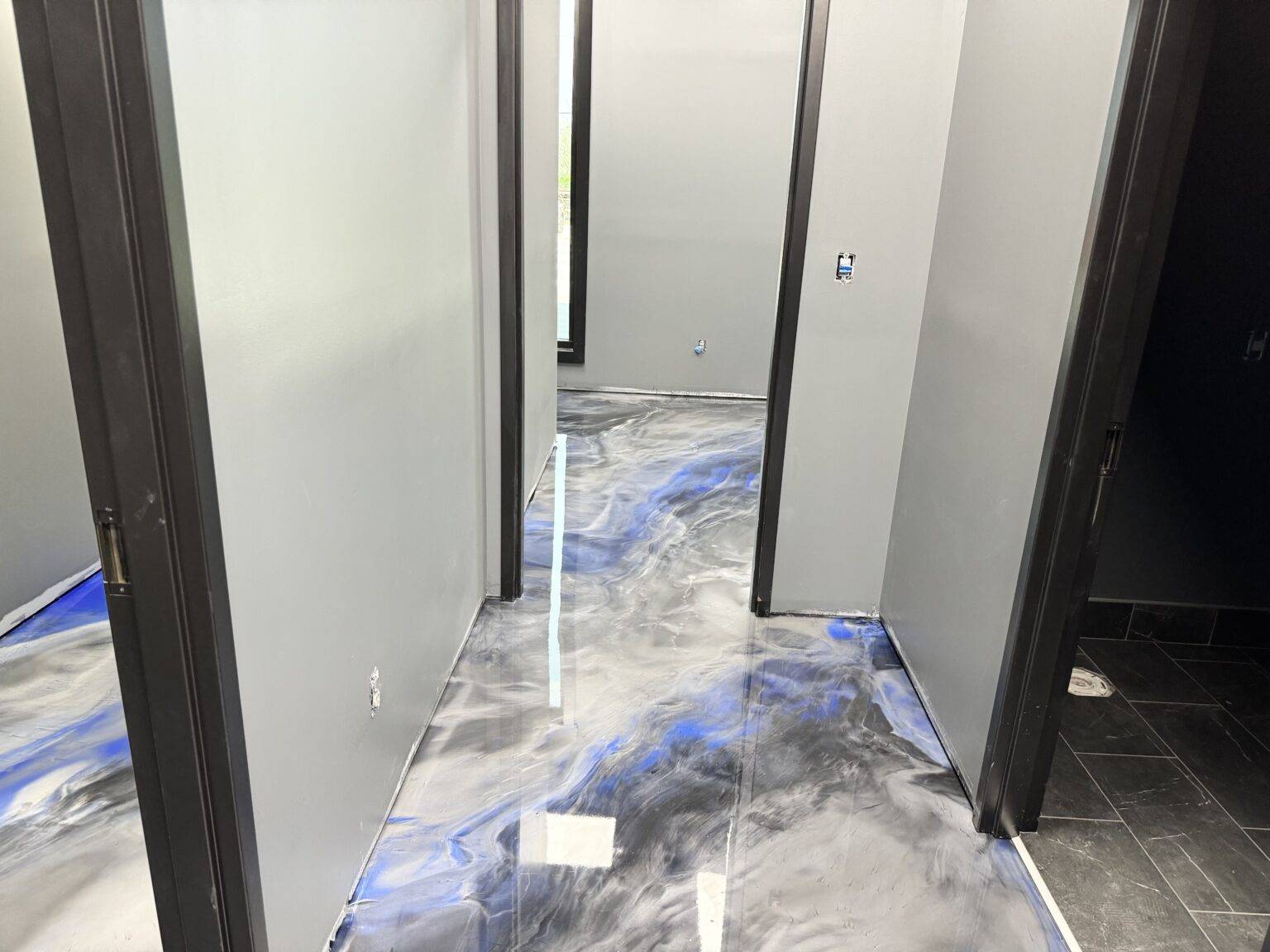
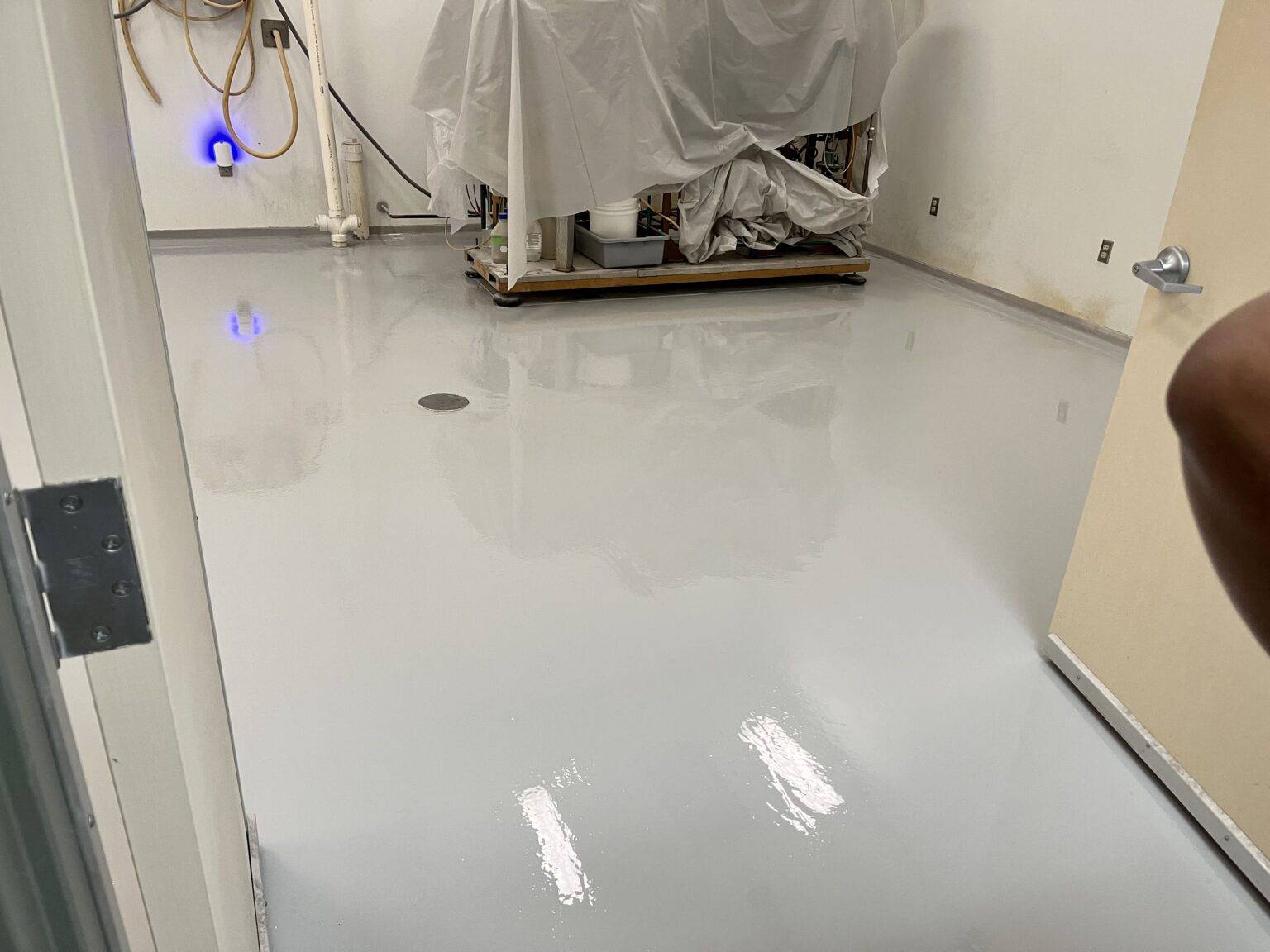
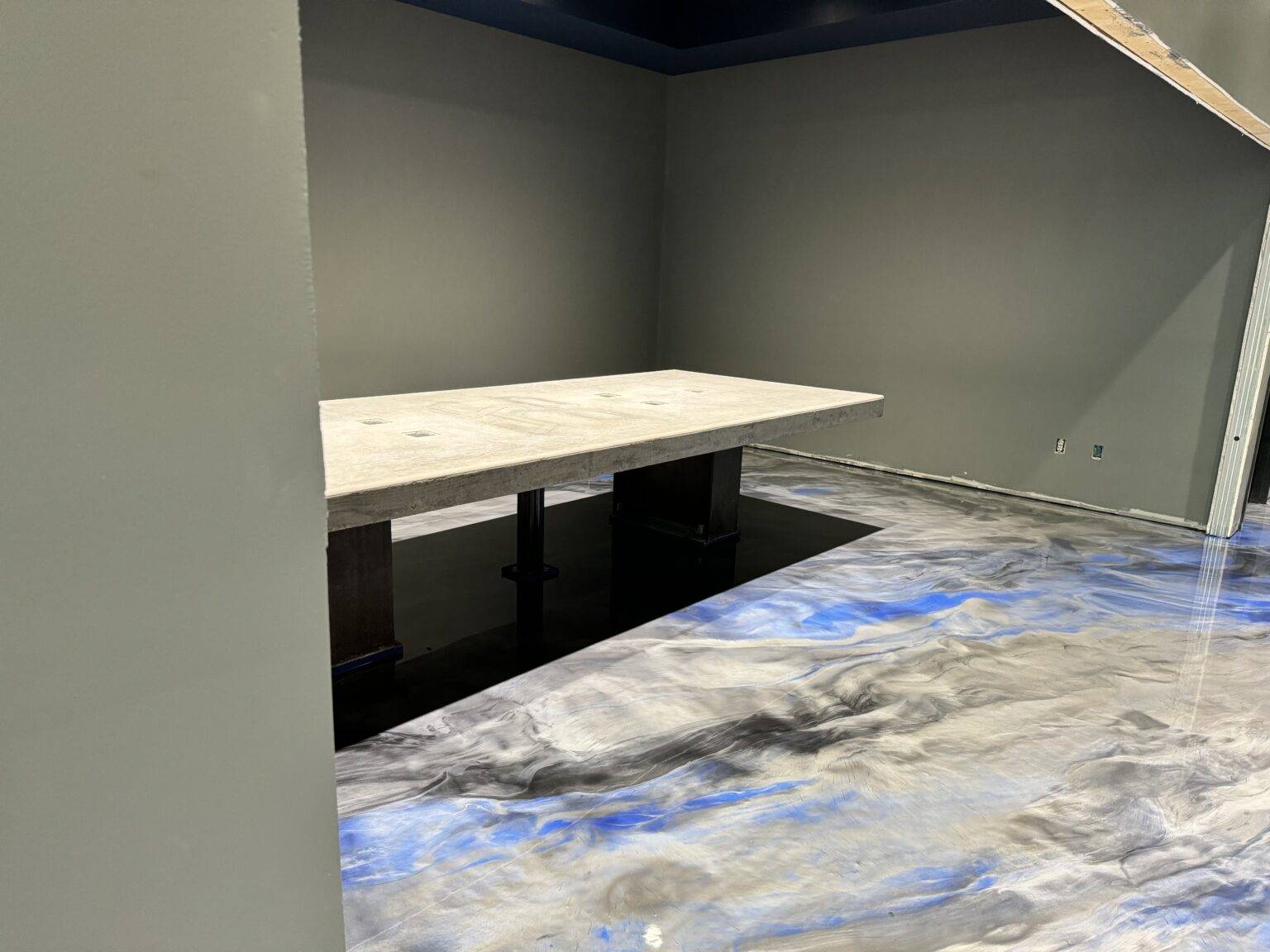
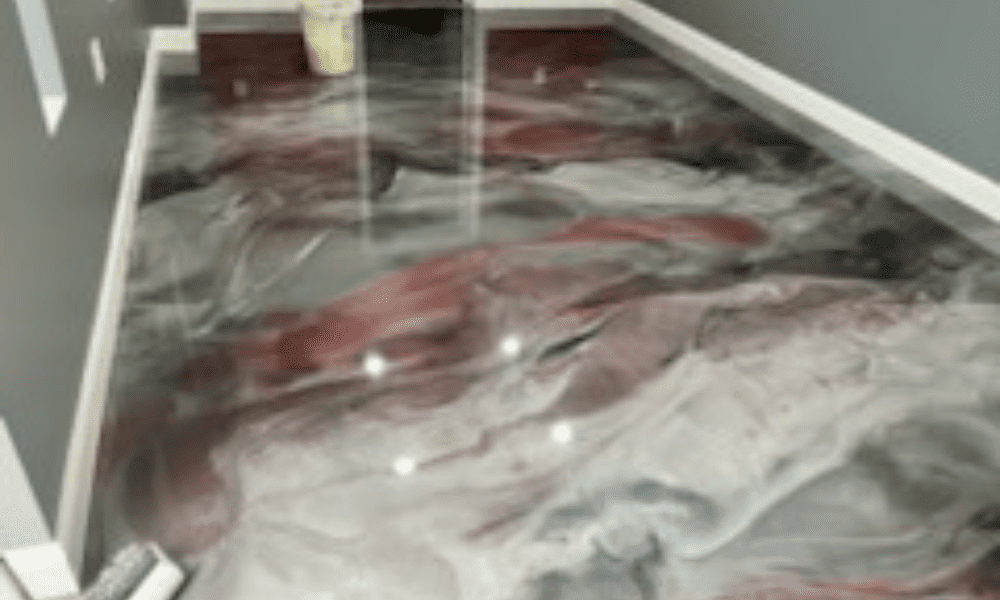
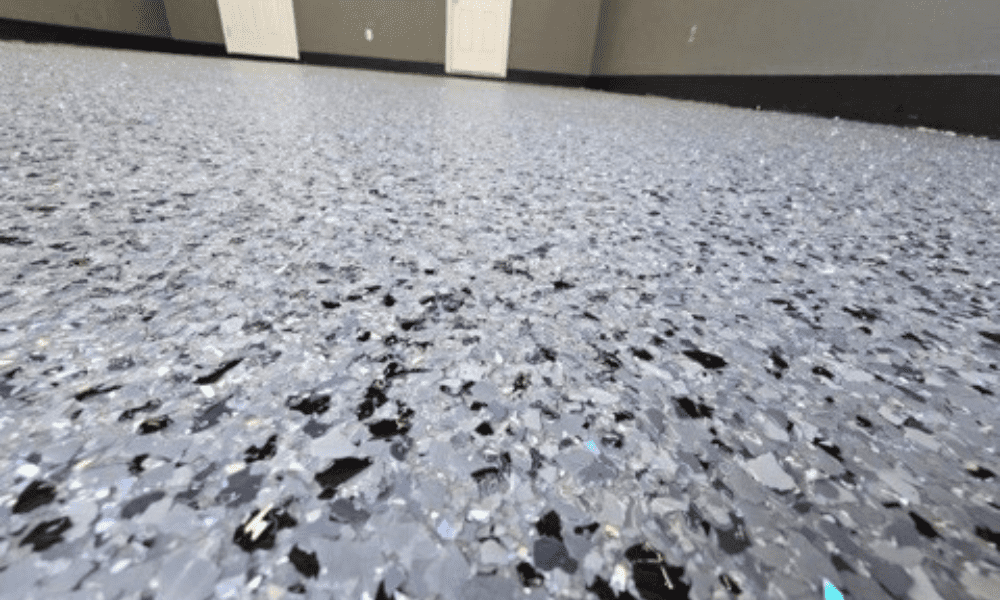
Expert Garage Floor Coating Services
Rocket City Epoxy is your trusted partner for transforming ordinary garages into extraordinary spaces. Whether you need a sleek, modern look or a functional, heavy-duty floor, our team delivers:
Residential Garage Floor Coating
Elevate your home’s aesthetic with durable, low-maintenance flooring.
Commercial Applications
Perfect for showrooms, warehouses, and other commercial spaces requiring robust, attractive flooring.
Custom Design Options
Tailor your floor with decorative flake systems, metallic finishes, or solid colors.
The last flooring coat you will ever need.
Make your next floor upgrade your last with polyaspartic flooring. Boasting a lifespan of up to 20 years, smoother application compared to epoxy, and a drying time that’s four times quicker, polyaspartic flooring stands as the superior choice. Don’t squander time, funds, and effort on lesser options. Optimize your resources with our cutting-edge floor coatings and enjoy lasting quality and efficiency.
Polyaspartic and epoxy flooring have their strengths and are used for various purposes, depending on the specific environment’s needs.
Here’s a quick comparison between the two:
Durability: Both polyaspartic and epoxy are extremely durable and resistant to heavy traffic. However, polyaspartic is generally considered more flexible, making it more resistant to impacts and less likely to chip or crack.
Cure Time: Polyaspartic floors have a much faster cure time than epoxy. While an epoxy floor might take several days to cure, a polyaspartic floor can often be applied and fixed in a single day.
Temperature Sensitivity: Polyaspartic coatings can be applied at a broader range of temperatures than epoxy. This is especially beneficial for environments with significant temperature fluctuations.
UV Stability: Polyaspartic coatings are more resistant to yellowing from UV exposure, which can be a common problem with epoxy coatings over time.
Resistance: Polyaspartic is more resistant to chemicals, oil, and other substances that might stain or damage the floor. Epoxy is also resistant to these substances, but polyaspartic is generally considered superior.
Cost: Polyaspartic is typically more expensive than epoxy due to its superior performance and quick curing time.
Polyaspartic floor coatings distinguish themselves from epoxy coatings through a variety of advantageous properties, contributing to their extended lifespan. Here are several pivotal factors:
- Enhanced Durability: Boasting exceptional resistance to impacts, abrasions, and general wear, polyaspartic coatings outperform epoxy in durability, ensuring a longer lifespan for your flooring.
- Superior Chemical Resistance: With an elevated resistance to chemicals, polyaspartic coatings are less susceptible to damage from oil, gasoline, salts, and other aggressive substances that typically compromise epoxy coatings over time.
- Adaptability to Temperature Variations: Polyaspartic coatings maintain their integrity across a broader temperature spectrum, reducing the risk of cracking or peeling in extreme weather. Epoxy coatings, conversely, are prone to brittleness and cracking in severe cold or heat.
- UV Stability: Unlike epoxy, which can yellow and dull when exposed to sunlight, polyaspartic coatings are resistant to UV radiation, preserving their color and sheen over time.
- Quicker Curing Process: The ability of polyaspartic coatings to cure rapidly, within a matter of hours, minimizes the risk of contamination during the curing phase, leading to a more robust and enduring finish.
While polyaspartic coatings offer these significant advantages, it’s important to consider that they may come with a higher price tag and require more precision during application than epoxy coatings. Furthermore, the durability and lifespan of any floor coating, whether polyaspartic or epoxy, greatly depend on thorough surface preparation, meticulous application techniques, and consistent maintenance practices.
Epoxy flooring is renowned for its ability to achieve a high-gloss finish, thereby enhancing the reflectivity of the floor surface. It offers a virtually limitless array of colors and designs, from decorative flakes and aggregates to striking metallic or marble effects. Additionally, epoxy flooring can be customized with unique designs and logos, making it an attractive choice for commercial or public spaces. Despite these benefits, one drawback of epoxy is its susceptibility to yellowing or fading when exposed to UV light, which can detract from its aesthetic appeal over time.
In comparison, polyaspartic flooring boasts a similarly broad selection of colors and styles, with the added advantage of UV resistance, preventing yellowing or fading under sunlight. This type of flooring also offers a uniform gloss finish, potentially offering greater visual appeal in certain environments. Furthermore, polyaspartic floors are notably resistant to scratches and general wear, contributing to their long-lasting appearance.
Choosing between polyaspartic and epoxy flooring involves more than just aesthetic considerations; factors such as the floor’s intended purpose, budget constraints, the feasible downtime for installation, and anticipated maintenance requirements also play crucial roles in the decision-making process.
Polyaspartic floor coatings stand out for their rapid curing rates relative to other flooring solutions, like epoxy or urethane-based coatings. The exact curing duration can fluctuate based on the specific formulation used, environmental conditions at the time of application, including temperature and humidity, as well as the application’s thickness.
Typically, a polyaspartic coating is set to handle light foot traffic within a mere 2 to 4 hours following its application, achieving full cure status in about 24 hours.
Polyaspartic flooring boasts exceptional durability and resistance, making it an ideal choice for both high-traffic commercial and industrial environments, as well as residential garages. Its resilience and easy maintenance are key benefits. Here’s a comprehensive guide on how to keep your polyaspartic floors clean and in prime condition:
Sweeping or Vacuuming:
- Regularly sweeping or vacuuming is crucial to remove dust, dirt, and debris. This step helps in preventing the accumulation of grime and maintains the aesthetic appeal of your flooring. Opt for a soft-bristled broom or a vacuum cleaner without a beater bar to avoid scratching the floor’s surface.
Mopping:
- Follow up the sweeping or vacuuming with mopping for a more thorough cleaning. Utilize a microfiber mop along with a gentle, pH-neutral floor cleaner to avoid potentially damaging the coating. Steer clear of harsh chemicals that could deteriorate the floor’s finish over time.
Spot Cleaning:
- For specific areas that need extra attention due to stubborn stains or spills, spot cleaning is effective. Promptly addressing spills will prevent them from becoming permanent. Use a suitable degreaser for oil or grease marks, adhering to the manufacturer’s recommendations for any cleaning product you apply.
Drying the Floor:
- After mopping or dealing with spills, make sure the floor is completely dry to eliminate any risk of slipping. You can either use a dry mop, towels, or simply let the floor air dry, depending on your preference and the specific situation.
Periodic Deep Cleaning:
- The frequency of deep cleaning depends on the level of foot traffic your flooring endures. For a deep clean, employ a floor scrubber equipped with a soft brush attachment paired with a mild cleaning solution. After scrubbing, it’s important to rinse the floor with clean water and then dry it thoroughly to ensure no residue is left behind.
Adhering to this cleaning regimen will help maintain the integrity and appearance of your polyaspartic flooring, ensuring it continues to perform well and look great for years to come.
Quick Curing Time
The ability to apply and dry coatings quickly is a significant advantage for any home or business looking to minimize downtime and maintain productivity.
High Durability
Polyaspartic coatings are very durable. They resist abrasion, chipping, and impact. The coating can handle frequent foot and vehicle traffic, making it ideal for residential and industrial use.
Chemically Resistive
Temperature Flexibility
UV Resistance
Polyaspartic coatings are UV resistant, meaning they won’t yellow or discolor when exposed to sunlight over time. This is a common problem with epoxy, which tends to yellow and lose its gloss over time when exposed to sunlight.
Customizability
As seen on...

Why Rocket City Epoxy is the Premiere Choice for Your Garage and Concrete Surfaces”
Taking on the do-it-yourself (DIY) project of an epoxied garage floor in our previous home goes down as the worst project that we’ve ever taken on ourselves.
Though we did everything that we were “supposed” to do to prep the garage floor, our epoxied job still began to peel within a couple of months. We re-cleaned and repainted, and then re-cleaned and repainted again, but we could never get the job to look professional…
Reviews
Where We Work
North Alabama
Huntsville
Madison
Owens Cross Roads
Meridianville
Harvest
Toney
Hazel Green
Ardmore
Grant
Decatur
Hartselle
Cullman
West Alabama
Tuscaloosa
Northport
Vance
Coker
McCalla
Cottondale
Fosters
Moundville
Coaling
Woodstock
Lake Tuscaloosa
Holt
Colors We Offer

Wombat
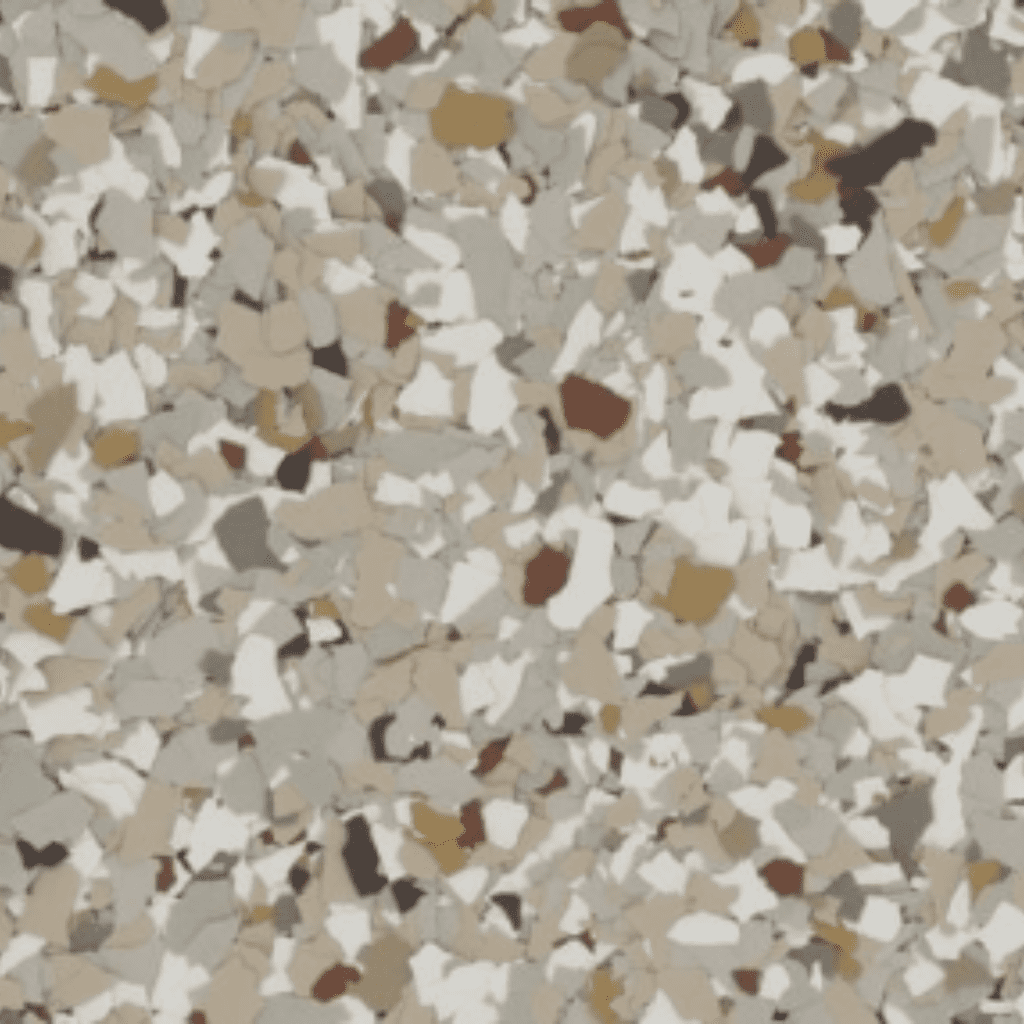
Creekbed

Stargazer

Tidal Wave

Dovetail
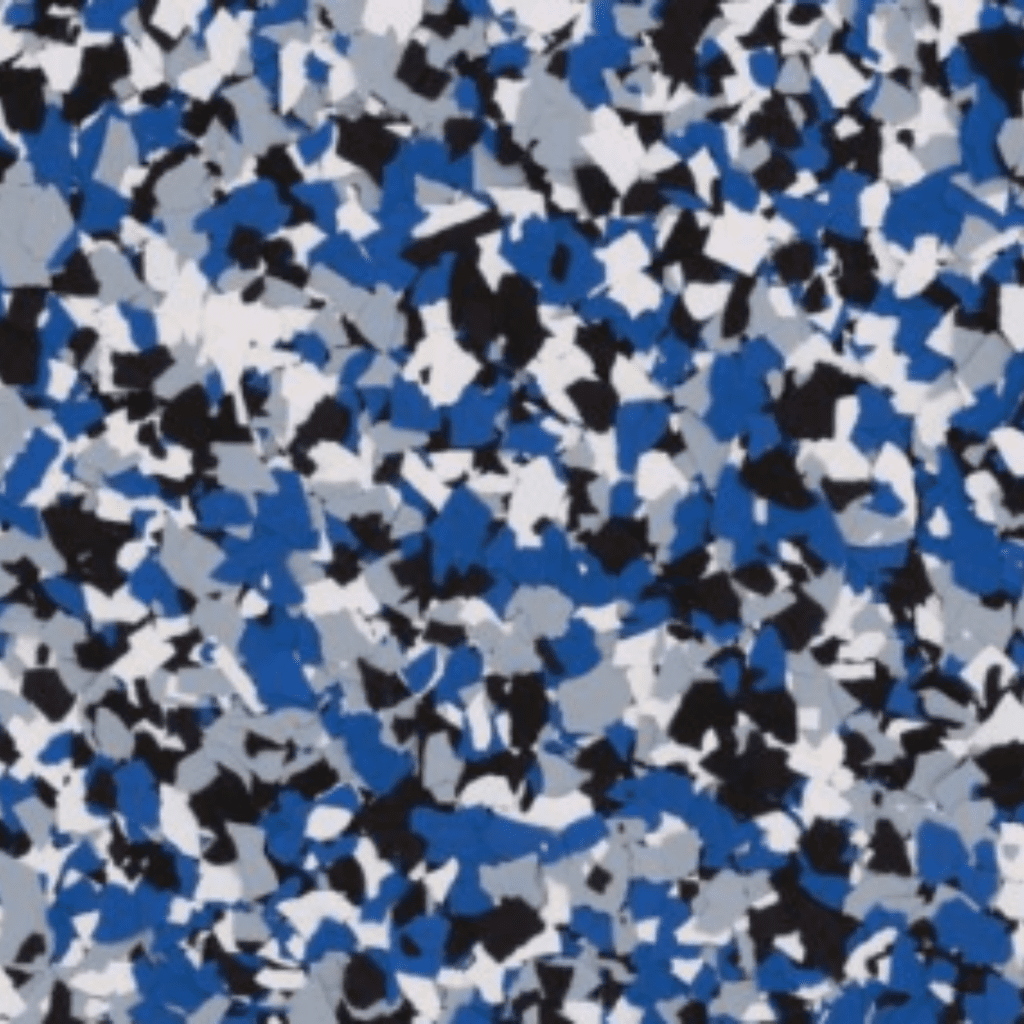
Orbit
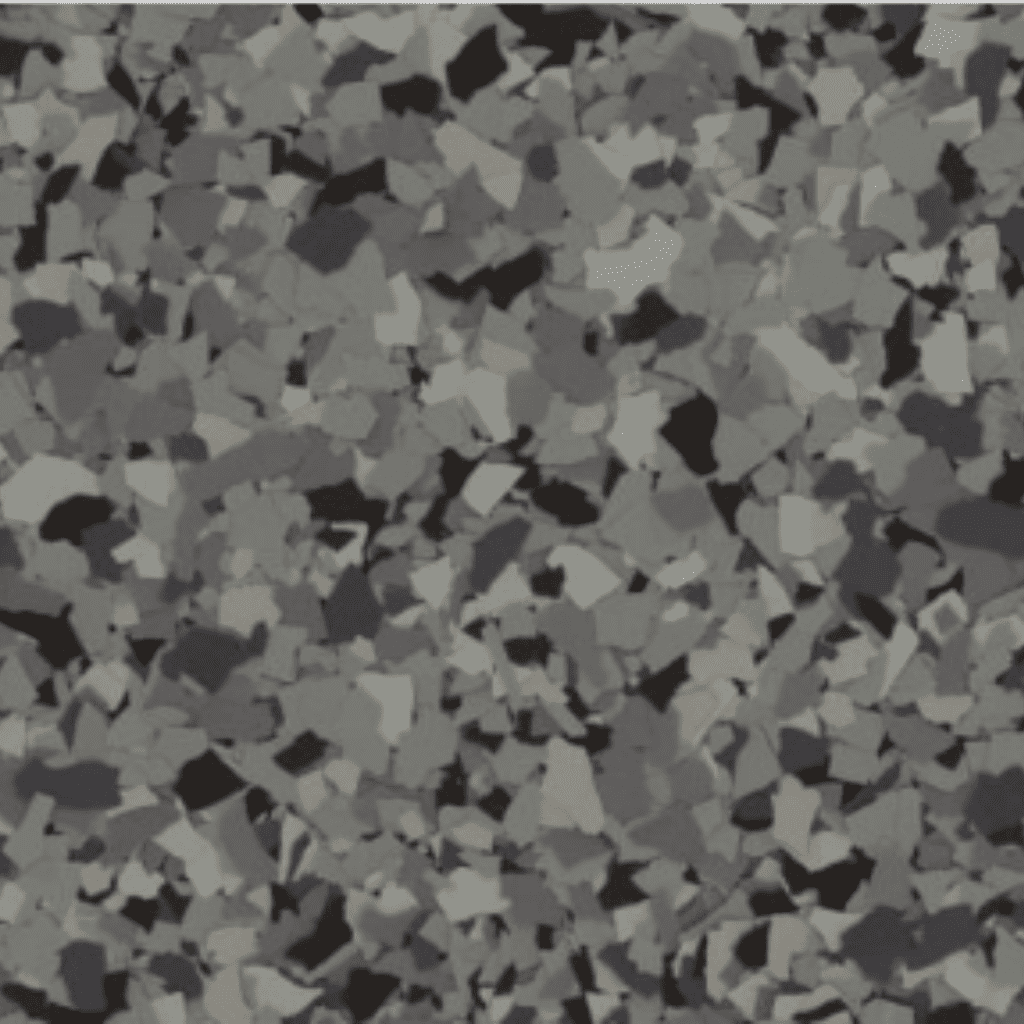
Glacier
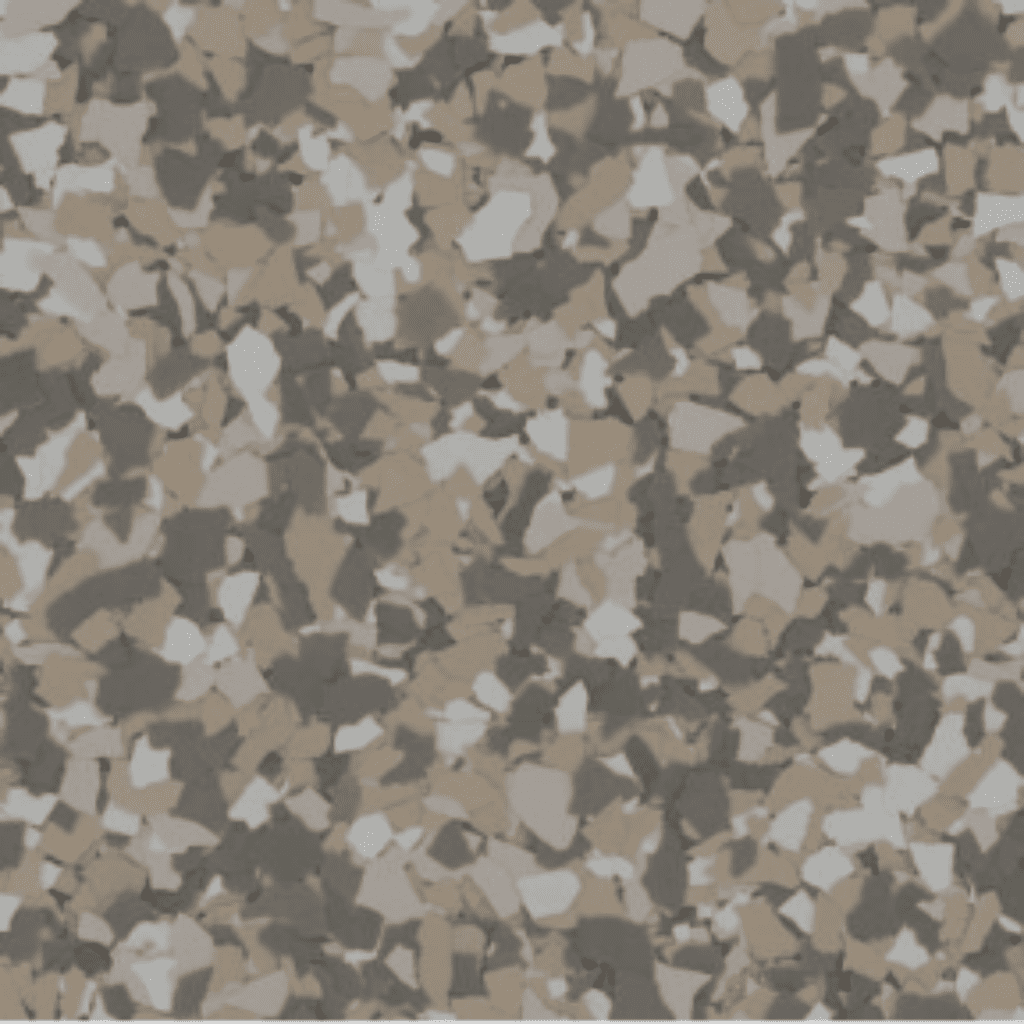
Madras
